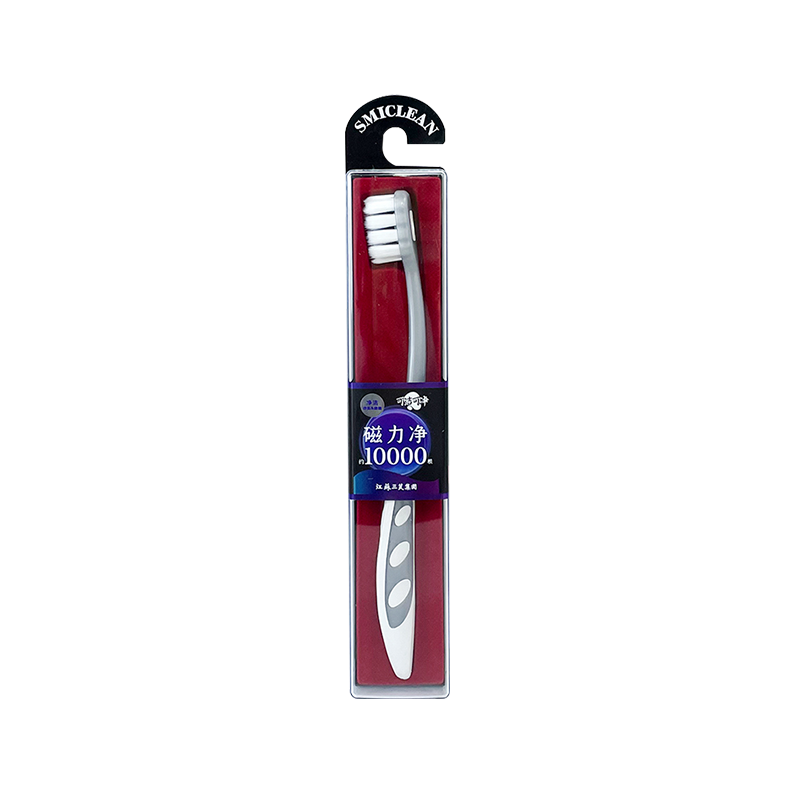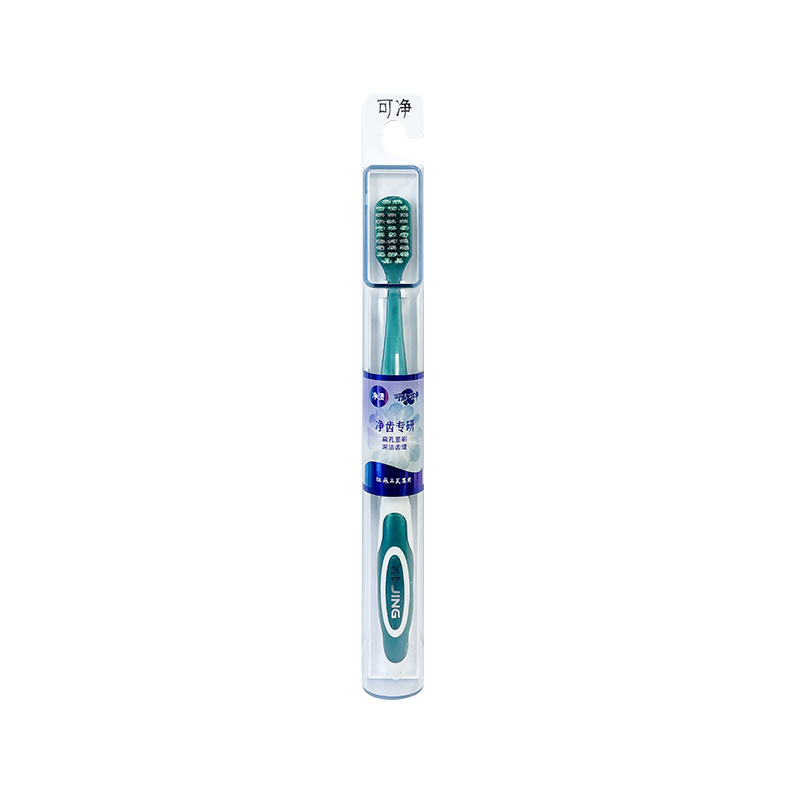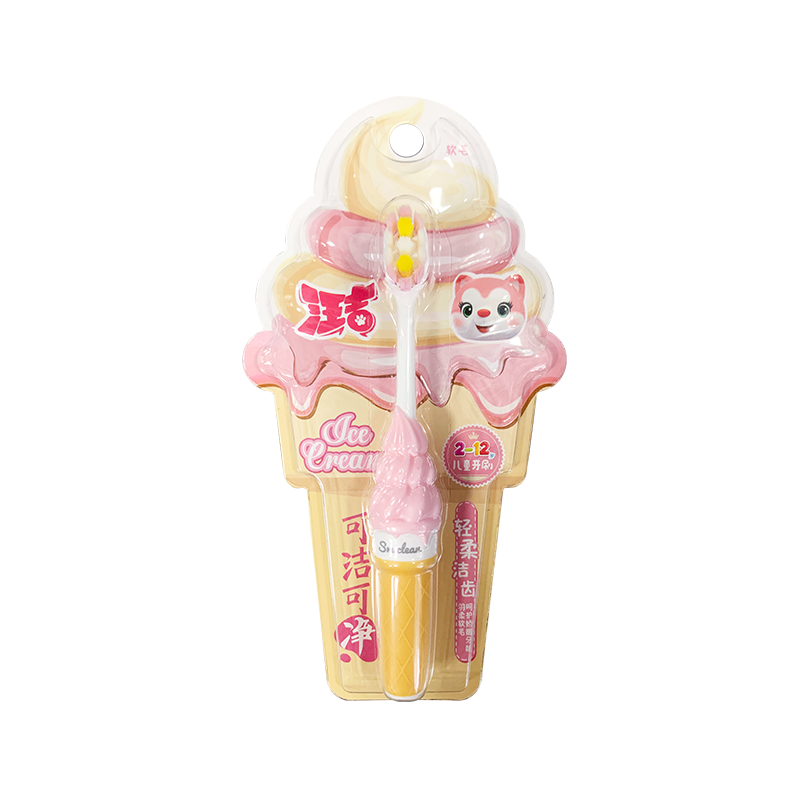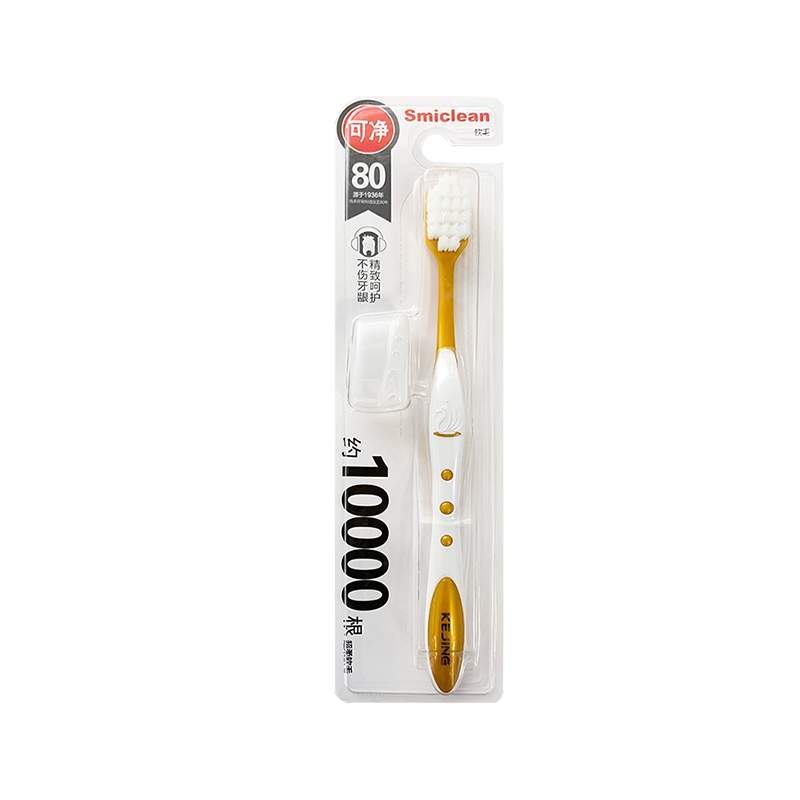How Can the Right Oral Care Toothbrush Improve Your Overall Oral Health?
Maintaining excellent oral health is an essential part of a healthy lifestyle. While most people recognize the importance of brushing twice a day, fewer pay attention to the type of toothbrush they use. Choosing the right oral care toothbrush can make a significant difference in not only keeping teeth clean but also in preventing gum disease, cavities, and even systemic health issues. From bristle type and brush head design to whether the brush is manual or electric, the right choice plays a vital role in enhancing oral hygiene and overall well-being.
The Connection Between Oral Health and General Health
Before diving into toothbrush types, it is important to understand why oral health matters beyond just a bright smile. Poor oral hygiene can lead to the buildup of plaque and bacteria, which may cause gum disease (gingivitis and periodontitis). These infections do not remain confined to the mouth; they can contribute to more serious systemic health issues, including cardiovascular disease, diabetes complications, respiratory infections, and even adverse pregnancy outcomes. A toothbrush, therefore, is not just a tool for cosmetic cleanliness but a frontline defense against diseases that affect the entire body.
The Role of Toothbrush Design in Effective Cleaning
A toothbrush’s primary job is to remove plaque, food debris, and bacteria from the teeth and gumline. However, not all toothbrushes are created equal. Small variations in design can greatly impact how effectively the toothbrush performs this task.
Bristle Type and Stiffness
- Soft bristles are widely recommended by dentists because they are gentle on the gums and enamel while still effective at cleaning. Hard or medium bristles may remove plaque, but they can also wear down enamel over time and irritate the gums, leading to sensitivity and gum recession.
- Tapered bristles can reach between teeth and along the gumline more effectively than flat-cut bristles, enhancing overall cleaning.
Brush Head Size and Shape
- Smaller brush heads allow easier access to hard-to-reach areas, such as the back molars.
- Angled heads can improve contact with tooth surfaces and make brushing more efficient.
Handle Ergonomics
A toothbrush with a comfortable grip and non-slip handle encourages proper brushing technique and ensures users can maneuver the brush effectively across all areas of the mouth.
Manual vs. Electric Toothbrushes
One of the most common questions people have is whether electric toothbrushes are truly better than manual ones. Both can be effective when used properly, but electric toothbrushes offer certain advantages that can significantly improve oral health.
Manual Toothbrushes
Manual toothbrushes have been used for centuries and remain effective tools for oral care. They are affordable, widely available, and easy to use. With proper technique—brushing at least two minutes, twice a day, with gentle circular motions—a manual toothbrush can maintain good oral health.
Electric Toothbrushes
Electric toothbrushes, particularly those with oscillating or sonic technology, offer superior plaque removal compared to manual brushes. They require less effort and are especially beneficial for individuals who struggle with dexterity issues, such as children, older adults, or people with arthritis. Many electric toothbrushes also come with built-in timers, pressure sensors, and smart connectivity, which can encourage better brushing habits. Studies consistently show that electric toothbrushes reduce plaque and gingivitis more effectively than manual ones when used consistently.
Preventing Gum Disease and Tooth Decay
The right toothbrush helps prevent two of the most common oral health issues: gum disease and tooth decay.
- Plaque Removal: Plaque is a sticky biofilm that constantly forms on teeth. If not removed daily, it hardens into tartar, which can only be cleaned by a dentist. A toothbrush with soft, well-designed bristles ensures more thorough plaque removal.
- Protecting Gum Tissue: Brushing too aggressively with a hard-bristled brush can injure gum tissue, leading to gum recession and increased sensitivity. Choosing a soft-bristled toothbrush prevents this damage while still cleaning effectively.
- Reducing Risk of Cavities: By efficiently removing plaque and food debris, the right toothbrush helps prevent cavities and the need for restorative dental treatments.
The Importance of Replacing Your Toothbrush
Even the best toothbrush will lose its effectiveness over time. Dentists recommend replacing a toothbrush every three to four months, or sooner if the bristles are frayed. Worn-out bristles cannot clean properly and may harbor bacteria, increasing the risk of oral health issues.
Special Considerations for Different Age Groups
The right toothbrush also depends on age and specific oral health needs.
- Children: Kids need toothbrushes with small heads, extra-soft bristles, and fun designs to encourage consistent brushing. Electric toothbrushes with timers or interactive apps can make brushing more enjoyable.
- Adults: Adults can choose between manual and electric options, depending on preference and budget. Soft bristles are ideal for most people, but those with braces may benefit from specially designed orthodontic toothbrushes.
- Seniors: Older adults often face challenges such as reduced dexterity, receding gums, or sensitive teeth. Electric toothbrushes with gentle modes and ergonomic handles can provide better support for maintaining oral hygiene.

Smart Toothbrush Technology
Recent innovations have introduced smart toothbrushes that connect to apps via Bluetooth. These devices provide feedback on brushing technique, duration, and coverage. For people who struggle to maintain consistent brushing habits, this feedback can improve oral care significantly. While not necessary for everyone, these advanced tools can help transform brushing into a more effective routine.
Environmental and Sustainability Factors
An increasing number of people are considering eco-friendly toothbrush options, such as bamboo toothbrushes or those with recyclable heads. While sustainability is a worthy goal, it is important to ensure that eco-friendly brushes still provide the proper bristle softness and design for effective cleaning. The right toothbrush should balance environmental responsibility with oral health effectiveness.
Conclusion: A Small Tool with Big Impact
Choosing the right oral care toothbrush may seem like a minor detail, but it has profound implications for oral and overall health. From selecting the proper bristle type and brush head size to considering electric or smart features, the decision can directly impact plaque control, gum health, and even the prevention of systemic diseases. Ultimately, the best toothbrush is one that encourages consistent, effective brushing while protecting teeth and gums. By investing in the right toothbrush and using it correctly, you are taking a simple yet powerful step toward long-term oral and overall health.
 English
English русский
русский Español
Español




